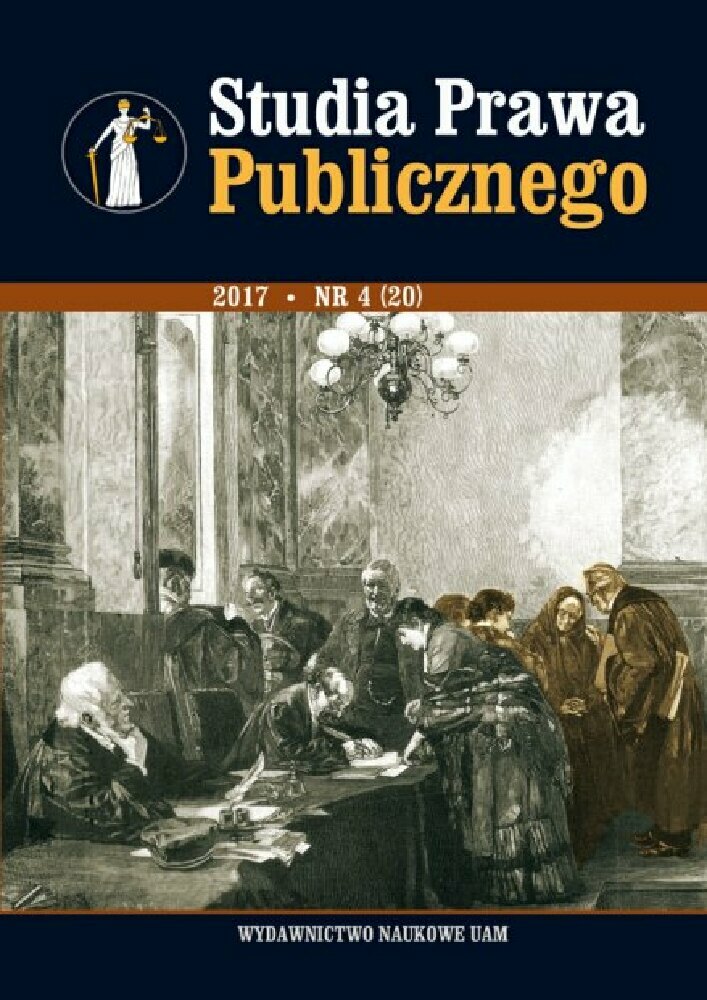Abstract
Discrimination is a phenomenon that has been existing in our society for many years. The main cause of increased legislative activity in European countries is the action of the European Union, which has issued a number of directives dealing with the problem of discrimination. Poland, as a member of the European Union, was obliged to implement anti-discrimination directives. The legislator did this by enacting the Act of 3 December 2010 on the implementation of certain European Union regulations on equal treatment (hereafter: the equality statute). The equality statue was a good step towards combating discrimination in areas such as the provision of services or capital fl ow. The legislator has also pointed to discriminatory features, including race, age, disability, sex, or sexual orientation. These features cannot serve as a basis for diff erentiating the legal position of legal entities. In carrying out a comprehensive analysis of the subject matter, the study presented in this article covered: the normative grounds of an anti-discrimination lawsuit, the right to compensation, which deviates signifi cantly from the defi nition set out in Article 361 of the Civ il Code, the substantive and legal grounds for action, the principles and the procedure for claiming compensation. The article also deals with the eff ectiveness of the application of the measure in the jurisprudence. To that end, the study examined the case law of common courts dealing with the facts related to the equality law. The Ombudsman and other anti-discrimination aut horities have also been contacted for information on the use of this measure. The paper identifi es as well, the potential solutions aimed at increasing the eff ectiveness and frequency of the use of anti-discrimination lawsuits before Polish common courts.
License
Copyright (c) 2019 Paweł Śmiałek

This work is licensed under a Creative Commons Attribution-NonCommercial-NoDerivatives 4.0 International License.
